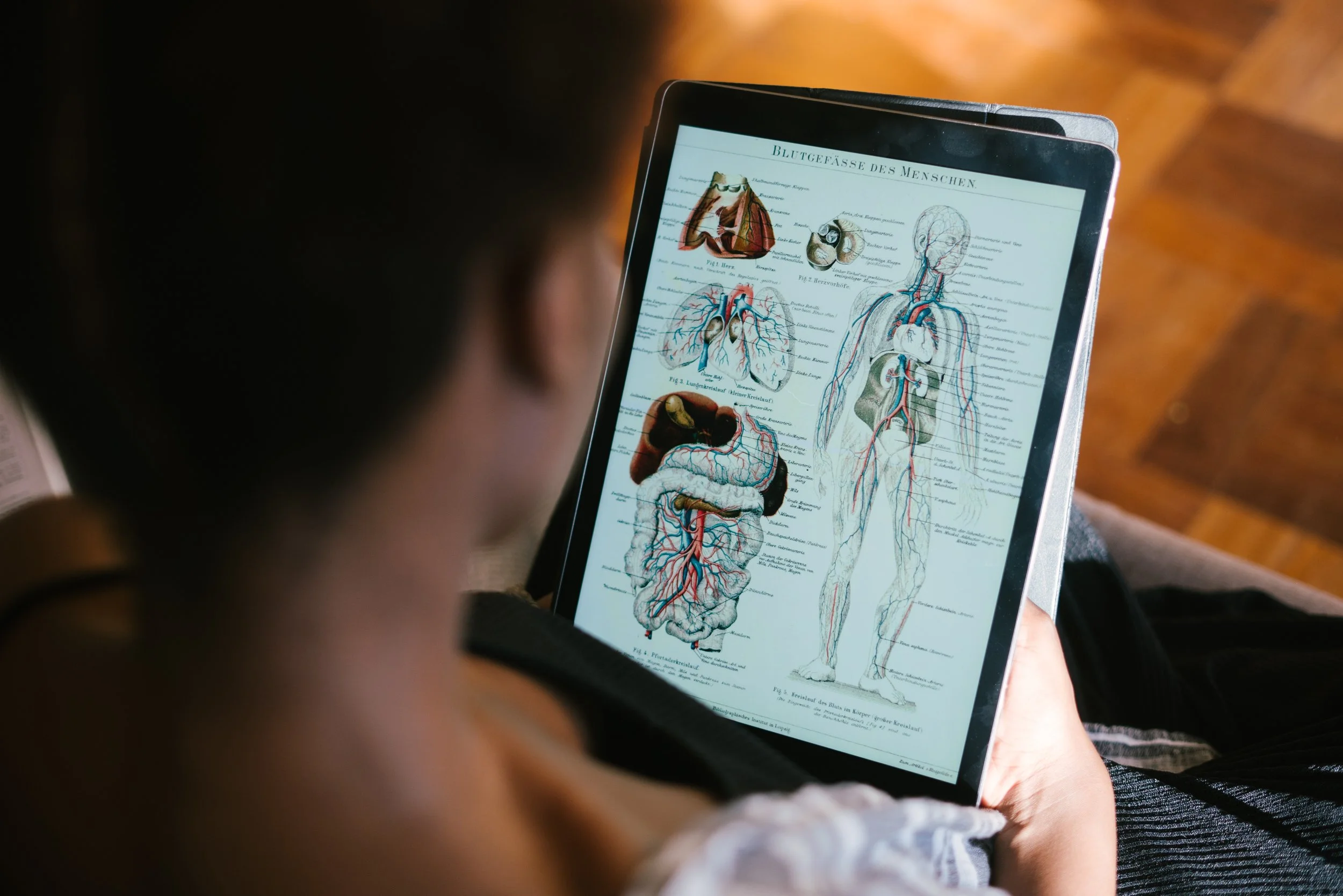Higher Ed or Higher Debt…(8/28/2024)
Higher education has always been costly but never this expensive. In the 1970s, if students worked hard over the summer, it was possible for them to make enough money to pay tuition for the following school year. That is just not the case anymore, and hasn’t been for a long time. College costs have increased by 169% over the last four decades on average, while earnings for those aged 22-27 have increased by just 19%.
University of Minnesota - Twin Cities
The cost of attendance at the University of Minnesota - Twin Cities Campus this upcoming year is $16,108. This is before books, supplies, or living expenses. With the cost so high, students often have no choice than to look for student loan opportunities in order to pay their tuition and other expenses. The average student loan debt for Minnesota students graduating with a bachelor’s degree in 2020 was $25,000. Many students hold substantially more debt than that.
The Results of High Student Loan Debt
The high amount of student loan debt in our society has had egregious effects on our economy particularly when it comes to Millennials' contribution. Student loan debt is crushing the ability of many graduates to contribute to the economy across the state. High debt impacts their opportunity to buy a home, start a family, start a business, and work towards financial stability.
Effect on the Minnesota Economy
All Minnesotans deserve a quality education. The importance of a good education is imperative for the well being of our citizens, the vitality of our state economy and the continued health of our democracy. Our founders wisely embedded a public education for the citizenry in our state constitution.
Here we are in 2022, with a shrinking workforce, an economy that we need to expand, and a reticence among lawmakers to invest in our citizens. After decades of reductions in educational support by federal and state governments, students have faced rising tuition costs and increasing debt load to achieve a post secondary education. This loan debt impacts the lives of young people starting out and directly affects our economy.
Grants Available to MN Students
We need to recruit and incentivize students to study and train for high demand careers and professions facing workforce shortages now and into the foreseeable future. And we must not allow any student with the will to aspire to be denied educational training due to cost. Professions such as teachers, public safety officers, emergency responders, personal care attendants, nurses, social workers and psychologists are all in short supply. Increased access to the student grant program is a key strategy to assure access to more Minnesota students from low and middle income families. Combined with the "Land of 10,000 Opportunities" grant program, we had a formidable plan to address workforce needs by helping our students achieve their educational goals and incur less debt while doing it. Unfortunately these bills were not successful last term and our workforce needs and the needs of students have been postponed yet again. The economic and racial disparities faced within our state need to be addressed head on and we can target resources to close these gaps while simultaneously meeting the needs of our people.
Biden’s Executive Order
The new executive order that President Biden signed this week is definitely a step in the right direction. It will give much needed debt relief to former students across Minnesota and the country. It is my belief that we can still do more to make higher education more affordable for the students of today and tomorrow. Student debt has gotten out of hand, with Minnesota borrowers owing more than $29 billion in student loan debt. Burdening our students with such debt is not good educational or economic policy and serious solutions are long overdue. We must do more.
Look for our next blog on Sept 11th!






